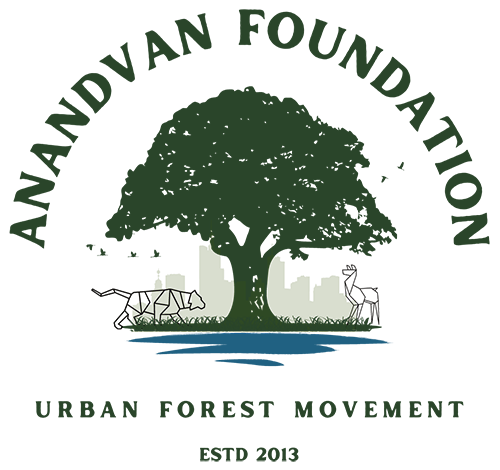Botanical: Vitex Negundo | Hindi: निर्गुन्डी | Marathi: निर्गुडी | English:: Five-leaved Chaste
About
Nirgundi (Vitex negundo) is a medicinal plant characterized by aromatic, palmately compound leaves with serrated margins. This deciduous shrub or small tree, reaching heights of 3-5 meters, belongs to the Verbenaceae family. Its slender branches bear small, fragrant, tubular flowers in clusters, ranging from white to lilac. The dark purple to black, fleshy drupe-like fruits contain seeds. Indigenous to Asia, especially India, Nirgundi is esteemed in traditional medicine for its anti-inflammatory, analgesic, and antioxidant properties. Its diverse applications include treating rheumatism, respiratory disorders, and skin conditions, making it a significant component in herbal remedies and traditional healing practices.Interesting Facts

Medicinal Uses: Nirgundi (Vitex negundo) is valued in traditional medicine for its diverse medicinal uses.
- Nirgundi is known for its anti-inflammatory effects, which can be helpful in managing conditions involving inflammation, such as arthritis and joint pain.
- The plant has analgesic properties and is used traditionally to alleviate pain, making it useful in conditions like headaches, migraines, and muscle pain.
- In traditional medicine, Nirgundi is used for respiratory conditions. It is believed to have bronchodilator and expectorant properties, making it potentially beneficial for managing conditions like asthma, bronchitis, and cough. It is an ingredient in several Ayurvedic cough syrups.
- The leaves and oil of Nirgundi are applied topically for wound healing. They are believed to have antimicrobial properties and may aid in the faster healing of cuts and wounds.
- It is believed to have regulatory effects on the menstrual cycle and may be used in the management of menstrual disorders.
- Nirgundi has demonstrated antimicrobial activity against certain bacteria and fungi, contributing to its traditional use for skin infections.
- It’s being studied for it’s anti hyperglycemic applications for diabetic patients.

Environmental Impact: Nirgundi is known to attract pollinators such as bees, butterflies, and other insects due to its fragrant flowers and nectar. This plant plays a role in supporting local ecosystems by providing food and habitat for these pollinators.
Anandvan Trivia Quiz
Question 1: Why is “Nirgundi” called “Sarva Rog Nivarani” in Ayurveda?Answer: “Nirgundi,” known as “Sarva Rog Nivarani” in Ayurveda, earns its title as the “remedy for all diseases” due to its versatile medicinal properties. Recognized for its anti-inflammatory, analgesic, and immunomodulatory effects, Nirgundi is traditionally employed to address a spectrum of health issues, including arthritis, infections, and pain. Its holistic therapeutic nature underscores its significance in traditional Ayurvedic medicine. Nevertheless, scientific research continues to explore and validate its specific mechanisms and applications. As with any herbal remedy, consulting with a healthcare professional is advisable for personalized guidance.

